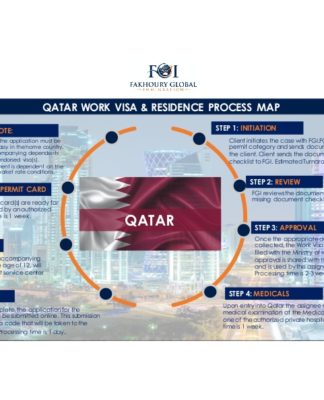CYBERSECURITY
Is your industry at risk of a cyberattack?
Jun 16, 2023
Leaders are taking steps to fight off the growing threat of cyberattacks.
Leaders are taking steps to fight off the growing threat of cyberattacks.
Image: Unsplash/Markus Spiske
Simon Torkington
Senior Writer, Forum Agenda
Share:
OUR IMPACT
What’s the World Economic Forum doing to accelerate action on Cybersecurity?
THE BIG PICTURE
Explore and monitor how Cybersecurity is affecting economies, industries and global issues
A hand holding a looking glass by a lake
CROWDSOURCE INNOVATION
Get involved with our crowdsourced digital platform to deliver impact at scale
Stay up to date:
Cybersecurity
Listen to the article
5 min listen
The education and research sector is the most frequent target of cyberattacks.
The sector suffered an average of 2,507 attacks per week in Q1 2023, a new study says.
Other targeted sectors include healthcare, the military, banking and retail.
A cybersecurity skills gap is leaving organizations vulnerable to attacks, finds a World Economic Forum report.
Advances in technology including artificial intelligence are giving cybercriminals new ways to mount attacks.
While no industry is safe, new research has revealed which sectors are under the greatest threat. Analysts at checkpoint.com found that education and research organizations faced the highest number of cyberattacks in Q1, 2023. The data shows the sector faced “an average of 2,507 attacks per organization per week, marking a 15% increase compared to Q1 2022”.
Graph showing the weekly cyber attacks, per industry.
Education and research are the industries at most risk from cyberattacks. Image: Checkpoint
Checkpoint’s study suggests many educational institutions are still struggling to secure their systems following the switch to remote learning during the pandemic.
The data shows that the government/military sector is also being heavily targeted by cybercriminals, with attacks spiking at 1,725 in the first quarter of 2023. That’s an increase of 3% on the previous year. Healthcare, communication and banking are also frequent targets for cyberattacks.
DISCOVER
What is the World Economic Forum doing on cybersecurity?
The cybercrime risk landscape
Advanced technology is just one factor behind the growing risk of cybercrime. The World Economic Forum’s Global Cybersecurity Outlook 2023 lists geopolitical instability and a lack of talent to fill vacant security jobs as major drivers of online crime.
The Forum’s research suggests business leaders are alive to the cyber-threats related to geopolitical risks, but IT security leaders in business frequently struggle to fully articulate the scale of the threat. Despite that, the report finds a willingness to make changes to mitigate the biggest risks.
Leaders are taking steps to fight off the growing threat of cyberattacks.
Leaders are taking steps to fight off the growing threat of cyberattacks. Image: Global Cybersecurity Outlook 2023
More than 70% of business leaders and cyber leaders recognize the need to tighten up policies around third-party access to data. There’s also broad agreement on re-evaluating which countries to do business with. Alignment between the two sets of leaders falls when it comes to engaging with wider industry to confront the danger of cybercrime.
The report urges leaders “to think more deeply about cybersecurity and listen more intently to cyber experts, and to each other, in order to ensure our shared resilience”.
Have you read?
Gen Z might think they’re cyber secure – but Baby Boomers have better passwords
How more diverse recruitment can help close the cybersecurity talent gap
Quantum machine learning: a new tool in the cybersecurity locker
Don’t miss any update on Cybersecurity
Sign up for free and access the latest publications and insights across various topics.
License and Republishing
World Economic Forum articles may be republished in accordance with the Creative Commons Attribution-NonCommercial-NoDerivatives 4.0 International Public License, and in accordance with our Terms of Use.
The views expressed in this article are those of the author alone and not the World Economic Forum.
Related topics:






























